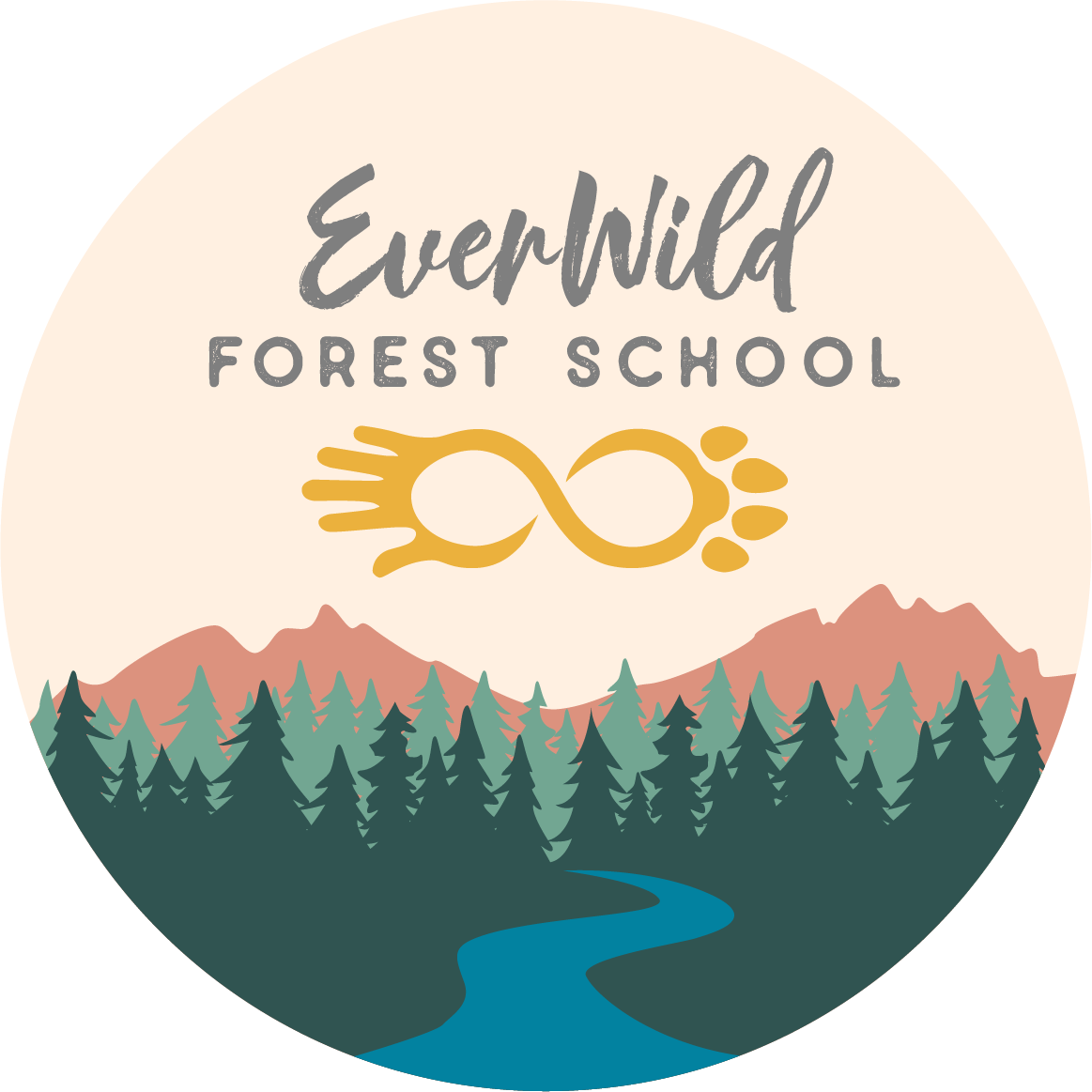Benefits of Nature for Kids
Nature provides numerous benefits for kids' physical, mental, and emotional well-being. Spending time in nature can improve their cognitive abilities, enhance their creativity, reduce stress and anxiety, and boost their immune system. Furthermore, it encourages them to be more active and develop a sense of curiosity and wonder about the world around them. Nature also provides opportunities for learning and exploration, as kids can observe and interact with different plants, animals, and natural phenomena. Overall, making time for nature in a child's life can have a positive impact on their development and overall health.
Studies have found the following outcomes for children attending Forest Schools:
Academic Outcomes
Increased retention of subject matter
Higher standardized scores
Improved grades overall
Elevated math, reading, and writing skills
Higher graduation rates
Personal Development Outcomes
Increased empathy, leadership, and communication skills
Enhanced resilience
Heightened critical thinking and problem-solving
Better spatial skills
Mental Health and Well-Being Outcomes
Increased psychological well-being
Reduction in depression, anxiety, & stress
Lessened Attention Deficit/Hyperactivity Disorder (ADHD) symptoms
Decreased occurrences of obesity & asthma
Positive Stewardship Outcomes
Stronger connection to nature
Increased environmental values
Pro-environmental behaviors into adulthood
So, if you want your child to grow into a healthy and happy individual, make sure that they spend plenty of time outdoors in natural environments. Whether it's a walk in the park, a hike in the woods, or simply playing in the backyard, connecting with nature can have a profound impact on a child's development and well-being.
EverWild Forest School was created to get more kids outside! If you’re interested in registering your children for our programs, you can learn more on our website, or call 208-996-3539.

